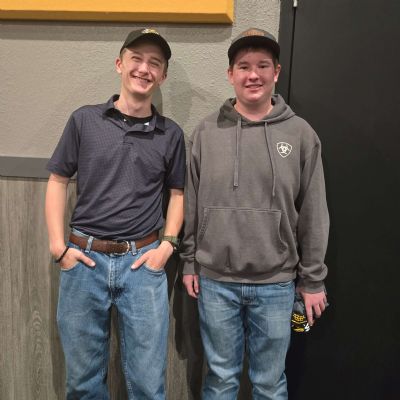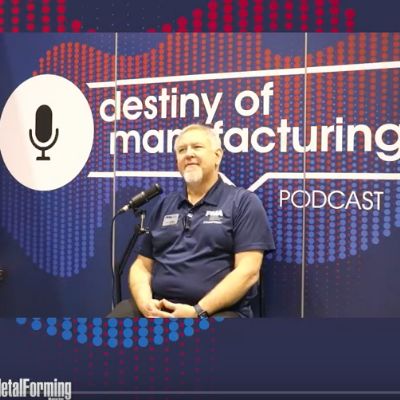Next Generation of Metalforming Professionals
June 1, 2013Comments
After World War II, many skilled tradesmen immigrated to the United States from the wreckage of post-war Europe. They brought with them diversity in culture, a strong work ethic, technical training and on-the-job experiences.
A wide spectrum of technical training and experience was very desirable during this period of time, especially in experience-based disciplines such as die design and tool and die making. Therefore, companies with the most technically diverse and experienced workforce were best-prepared to handle the challenges of designing and building a large variety of metal-stamping dies.
Employing superior die makers and die designers is what separated metalformers from their competitors. As a result, experience became the most coveted attribute for die designers and tool and die makers because it was synonymous with job security, higher wages, advancement, prestige, respect and influence.
It was very common at that time for a tool and die maker to receive a final part drawing and be expected to design and build a die from this information alone. This involved blueprint reading, calculating and developing flat blanks, creating and dimensioning die-process plans, making detail sketches, manufacturing die components on manually operated machines, assembling and trying out the die, troubleshooting problems and implementing changes to increase productivity. After the die was approved for production, the die maker often became responsible for its maintenance.
Apprentices learned how to build dies from these highly skilled artisans. Much of their training focused on machining and hand-working skills, interpreting die layouts and calculating dimensions. Typical toolroom machines of the era included planers, shapers, duplicating machines, pantographs, profile grinders, surface grinders, drill presses and manual milling machines. Advanced die shops of the era might have had limited EDM capability or even a tape-driven NC machine.
The 1980s brought an energy crisis, inflation and increasing wages. Automakers became intensely focused on controlling costs and reducing time to market. This gave rise to new technologies like 2D CAD design and CNC machining. Laser technology also began to emerge as an efficient, safe, precise and viable manufacturing tool.
New government mandates to increase vehicle fuel economy led automakers to further reduce vehicle weight by specifying higher-strength and dual-phase steels as well as new aluminum alloys, some of which required annealing between forming operations and heattreatment afterwards. During this time, the experienced-based method of designing and building dies began to break down as very few metal-stamping and tool and die professionals had any experience with these new materials.
By the 1990s, solid model 3D CAD design, multiaxis CNC machining, waterjet technology, multiaxis lasers and other computer-assisted technologies had become commonplace. Planers, shapers and profile grinders disappeared from the shop floor, and drafting boards in the engineering department gave to computers. Die shops learned to manufacture die components and move them through the shop in a defined production process. Die makers became die-assembly and tryout specialists, no longer required to plan, detail or machine die components. By the end of the decade, powerful computer-aided engineering tools began to emerge, the most significant being metalforming analysis. Tool and die shops no longer resembled the trade of a generation ago.
This past decade has brought simple, accurate and inexpensive flat-blank development and optimization software used cost-effectively during the quoting process. Stress-based analysis of die structures and dynamic analysis of material-handling systems also have emerged. Tool-steel selection, heattreatment and surface-coating evaluations (called “advisor” tools) now are embedded in die-design and metal-stamping simulation codes to help engineers make better decisions. Other design aides include sensitivity and stability analysis (robustness) using Monte-Carlo type simulations and evaluation of die kinematics under different loading conditions.








 Podcast
Podcast
